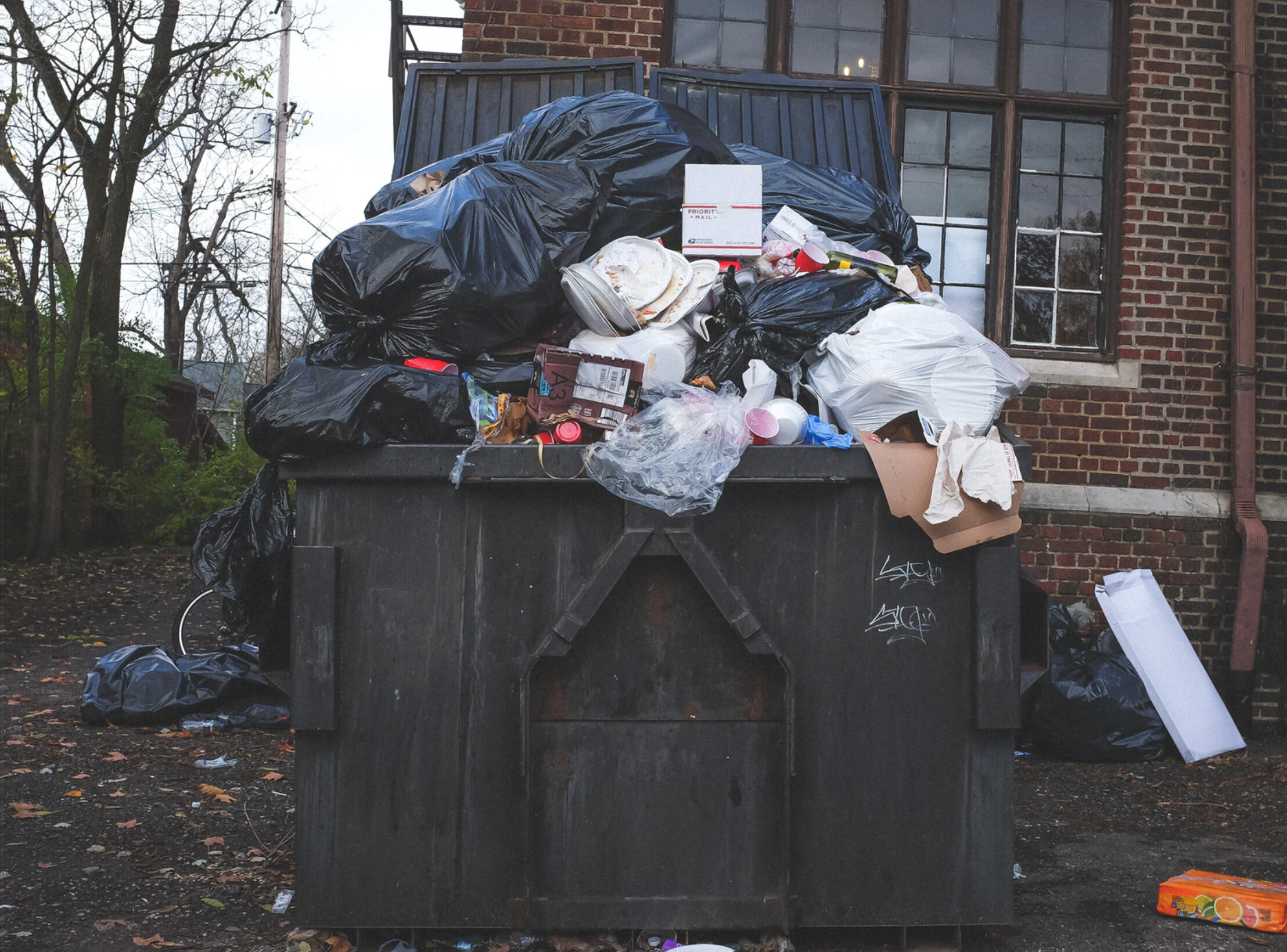![Stabilizing a Family Foundation after Tragedy]()
A family foundation experienced a permanent, unexpected shift from partnership to sole leadership. How might Blu Skye provide near-term stability while also establishing long-term institutional capabilities?
![Helping a House Of Brands Leap-Frog]()
A major house of brands hired a CEO who realized the company was lagging behind in all aspects of sustainability. How might Blu Skye help the leadership team understand sustainable value and develop a bold plan?
![Creating the Sustainable Apparel Coalition]()
Many apparel companies share portions of their supply chains but lack a standard system for measuring environmental impacts. Several influential companies believed that a single, standardized index would drive efficiency and innovation and be the most effective approach to lessen environmental impact and supply chain risks.
![Saving At-Risk Commodities for the World’s Largest Grocer]()
The world’s largest grocer requested guidance after conducting a risk analysis, which showed 20 core commodities faced supply chain disruptions due to climate change and other factors. How might Blu Skye develop a framework to address these risks?
![Re-Organizing at Scale for Impact]()
The Clean Energy Buyers Association (CEBA) formed in 2013 to empower corporate buyers in their transition to clean energy.
![Establishing World-Leading Tuna Fisheries in the Cook Islands]()
Though home to just 18,000 residents, the Cook Islands have a big vision for a sustainable future. In an unprecedented move, they designated their entire marine territory (about 1.5 times the size of Mexico) as a multiple-use marine protected area—the world’s largest.
![Making the Case for Corporate Engagement in Ecological Connectivity]()
A leading conservation nonprofit wanted to explore how ecological connectivity could be incorporated into mainstream corporate sustainability goals, beginning with a leading global food manufacturer as a thought partner. How might Blu Skye frame and facilitate two engagement workshops to create shared value for both parties?
![Launching a Sustainability Center of Excellence]()
Granted $1.5m in seed funding from a foundation, the leadership of the sustainability center needed to start delivering results while also creating a long-term strategy and vision for their organization
![Gaining Buy-in from Field Offices for Carbon Reduction]()
Microsoft had committed to rolling out a series of sustainability initiatives to its global network of field offices, including ambitious global carbon footprint reductions for each of the next three years.
![Creating Competitive Advantage in Hospitality]()
A client was struggling to understand the business case for sustainability, the macro/micro-trends, what they were already doing throughout the company, and how to integrate sustainability across their global organization.
![Making a Greener World in Entertainment]()
A large entertainment company wanted to pursue sustainability and needed to understand the implications for its business.
![Unlocking $250 Million in the U.S. Dairy Value Chain]()
The U.S. dairy industry faced mounting pressure from NGOs, retailers, and consumers to reduce its carbon emissions.
![Recovering $6 Billion in Materials Sent to Landfills]()
In the U.S., $1.2 billion worth of aluminum cans goes into landfills each year. Alcoa had been working for many years to recover a higher portion of this value by trying to increase aluminum recycling rates from 58% to 75%, but had experienced only incremental improvements.
![Empowering Leadership to Act]()
While a large, leading office supplies retailer had made significant headway on many sustainability initiatives, it lacked commitment from leadership and a cohesive sustainability strategy.
![Going Beyond Net-Zero Impact]()
A leader in climate investments, philanthropy, and operational efficiency desired a footprint analysis to identify opportunities and accelerate results. How might Blu Skye work with stakeholders to create a baseline and strategy?
![Creating a Circular Economy Leader]()
A leading packaging solutions provider desired to lead the circular economy with a plastic waste solution. How might Blu Skye help their leaders create a vision and execution plan?
![Improving Supply Chain Transparency at the World's Largest Retailer]()
90% of Wal-Mart’s environmental impacts are related to the products they sell. The Sustainability Index announced by Wal-Mart is a world-changing effort that will assess products across impact areas and drive innovation
![Retaining Talent at the World's Largest Retailer]()
When it came to sustainability, a CEO mistakenly believed cost outweighed benefit. How might Blu Skye build the business case for sustainability as a source of competitive advantage?
![Scaling Sustainability at the World's Largest Retailer]()
Walmart executives desired to scale sustainability initiatives throughout all of its global divisions.
![Unlocking Sustainable Value for the World’s Largest Retailer]()
Walmart’s initial request was for an environmental footprint to help them understand their risks. We proposed looking at the environment as a chance to lead, and develop a business strategy using sustainability as a lens to reveal hidden opportunities to create value.





















